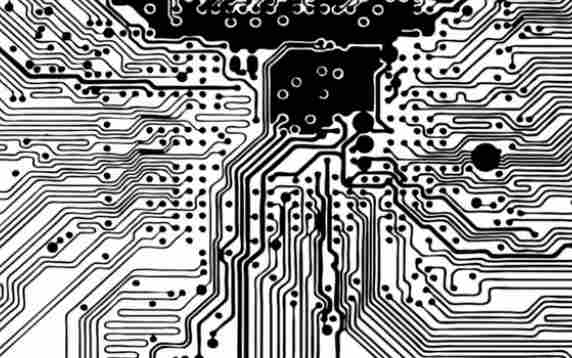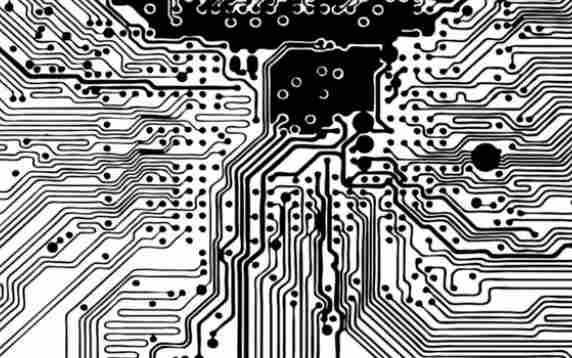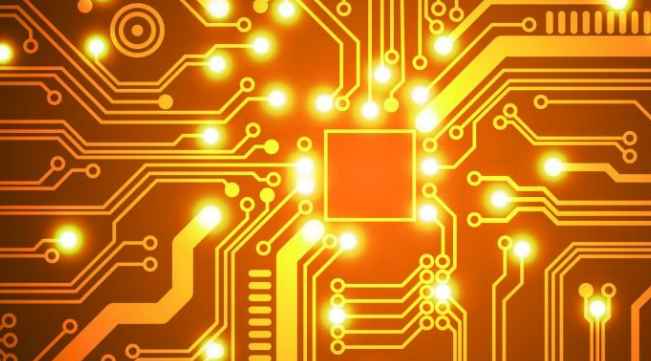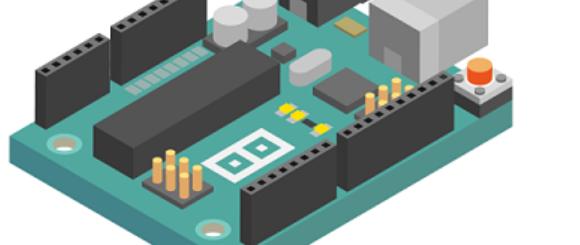
Crosstalk may be the most difficult to understand and predict in high frequency circuits, but it can be controlled and even eliminated. As switching speeds increase, modern digital systems encounter a series of problems, such as signal reflection, delayed fading, crosstalk, and EMC failures. When the switching time of the IC drops to 5 nanoseconds or 4 nanoseconds or less, the inherent characteristics of the PCB itself open.
1. What causes crosstalk?
As the signal travels along the PCB's wiring, its electromagnetic waves also travel along the wiring, from one end of the IC chip to the other end of the wire. During propagation, electromagnetic waves cause transient voltages and currents due to electromagnetic induction.
Electromagnetic waves include electric and magnetic fields that vary with time. In PCBS, in fact, the electromagnetic field is not limited to the various wiring, a considerable part of the electromagnetic field energy exists outside the wiring. So, if there are other lines nearby, when the signal travels along one wire, its electric and magnetic fields will affect the other lines. According to Maxwell's equation, the voltage and current generated by the time transformer and magnetic field will be generated by the adjacent conductors. Therefore, the accompanying electromagnetic field in the process of signal propagation will cause the adjacent lines to generate signals, thus leading to crosstalk.
In PCBS, the lines that cause crosstalk are often called "intruders". A line with crosstalk interference is often referred to as a "victim". The crosstalk signal in any "victim" can be classified as a forward crosstalk signal and a backward crosstalk signal, which are caused in part by capacitive and inductive coupling. The mathematical description of crosstalk signals is very complex, but some quantitative characteristics of forward and backward crosstalk signals can be understood, just like high-speed boats on a lake. Fast boats affect water in two ways. First, the boat made waves in the bow, and the curved ripples seemed to move with the boat; Secondly, when a speedboat travels for a while, it will leave a long trail of water behind it. This is very similar to how the victim reacts when the signal passes through the intruder. There are two types of crosstalk signals in the "victim" : a forward signal, like water and ripples on the bow of a boat, that precedes the intrusion signal; A backward signal behind an intrusion signal, like a water track in a lake after a boat has sailed far.
2. Capacitor characteristics of forward crosstalk
Forward crosstalk shows two interrelated characteristics: capacitive and perceptual. As the "invading" signal advances, it generates a voltage signal in the "victim" in the same phase as the "invading" signal, but always ahead of the "invading" signal. This means that the crosstalk signal does not travel ahead, but at the same speed as the "intrusive" signal and is coupled with more energy.

Because the change in the "intrusive" signal causes the crosstalk signal, the forward crosstalk pulse is not unipolar, but has both positive and negative polarity. The pulse duration is equal to the switching time of the "intrusion" signal.
The coupling capacitance between the wires determines the amplitude of the forward crosstalk pulse, and the coupling capacitance is determined by many factors, such as PCB material, geometry, line crossing location, and so on. The amplitude is proportional to the distance between parallel lines: the longer the distance, the larger the crosstalk pulse. However, there is an upper limit to the crosstalk pulse amplitude, because the "intrusive" signal gradually loses power, and the "victim" in turn couples back to the "intruder".
Inductance characteristics of forward crosstalk
As the "intrusive" signal propagates, its time-varying magnetic field also produces crosstalk: forward crosstalk with inductive properties. But inductive and capacitive crosstalk are markedly different: the polarity of a forward inductive crosstalk is the opposite of that of a forward capacitive crosstalk. This is because in the direction of progress, the capacitive part and the perceptual part of the crosstalk are competing and cancelling each other out. In fact, when the inductive and inductive crosstalk are equal, there is no forward crosstalk.
Forward crosstalk is fairly small in many devices, and backward crosstalk is a major problem, especially for strip boards, as capacitive coupling is enhanced. However, without simulation, it is impossible to know to what extent the perceptual and capacitive crosstalk cancels.
If you measure forward crosstalk, you can tell whether your line is capacitive or inductive based on its polarity. If the crosstalk polarity is the same as the "intrusive" signal, capacitive coupling predominates, whereas inductive coupling predominates. In PCBS, the perceptual coupling is usually stronger.







